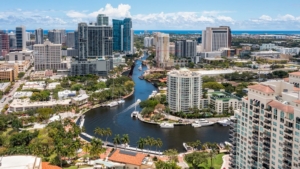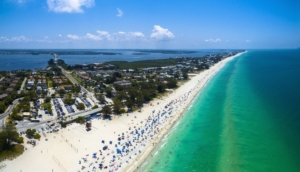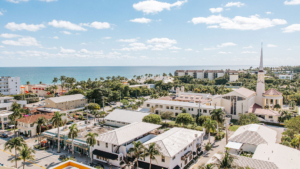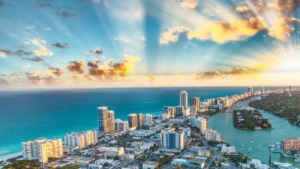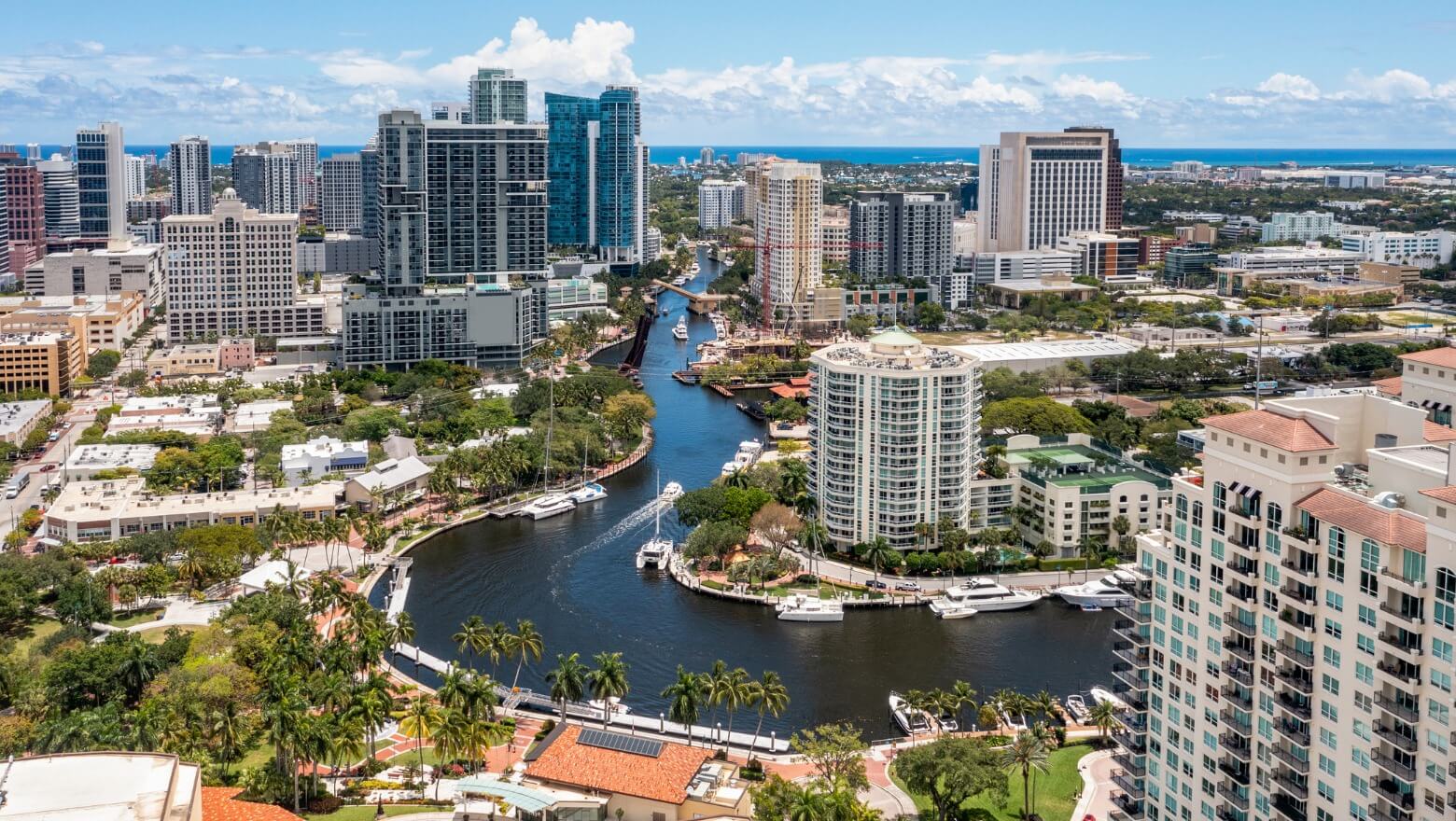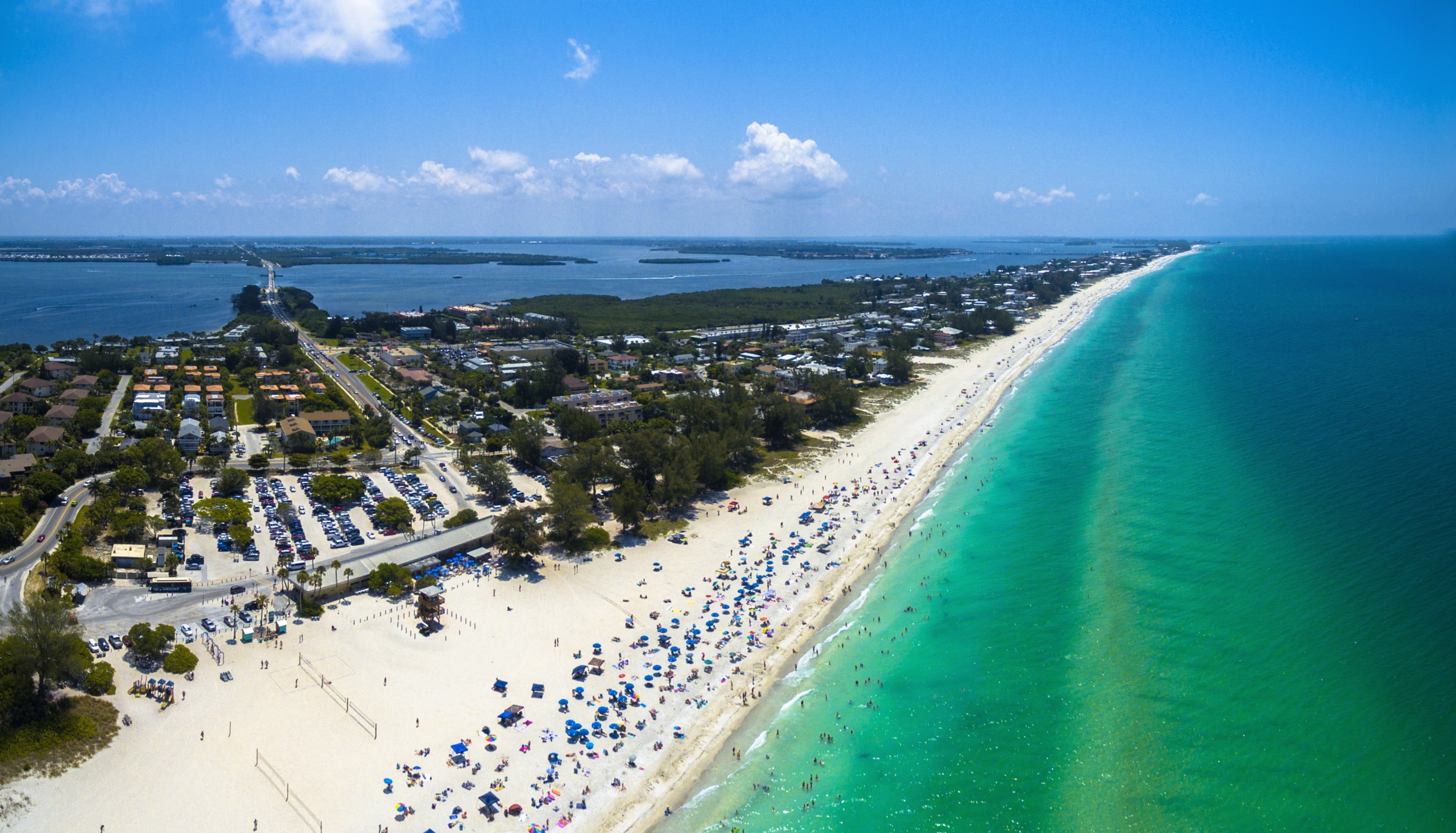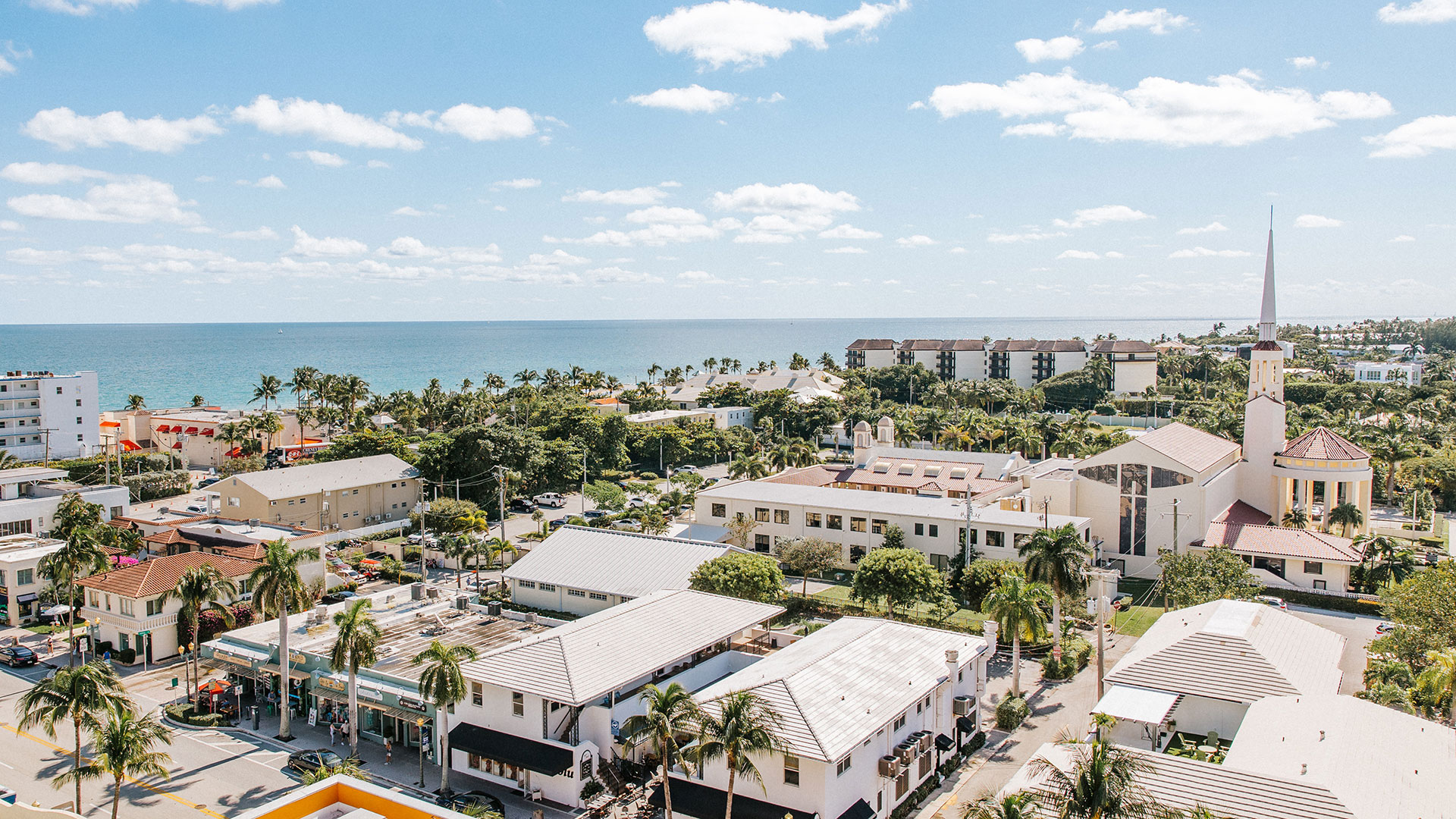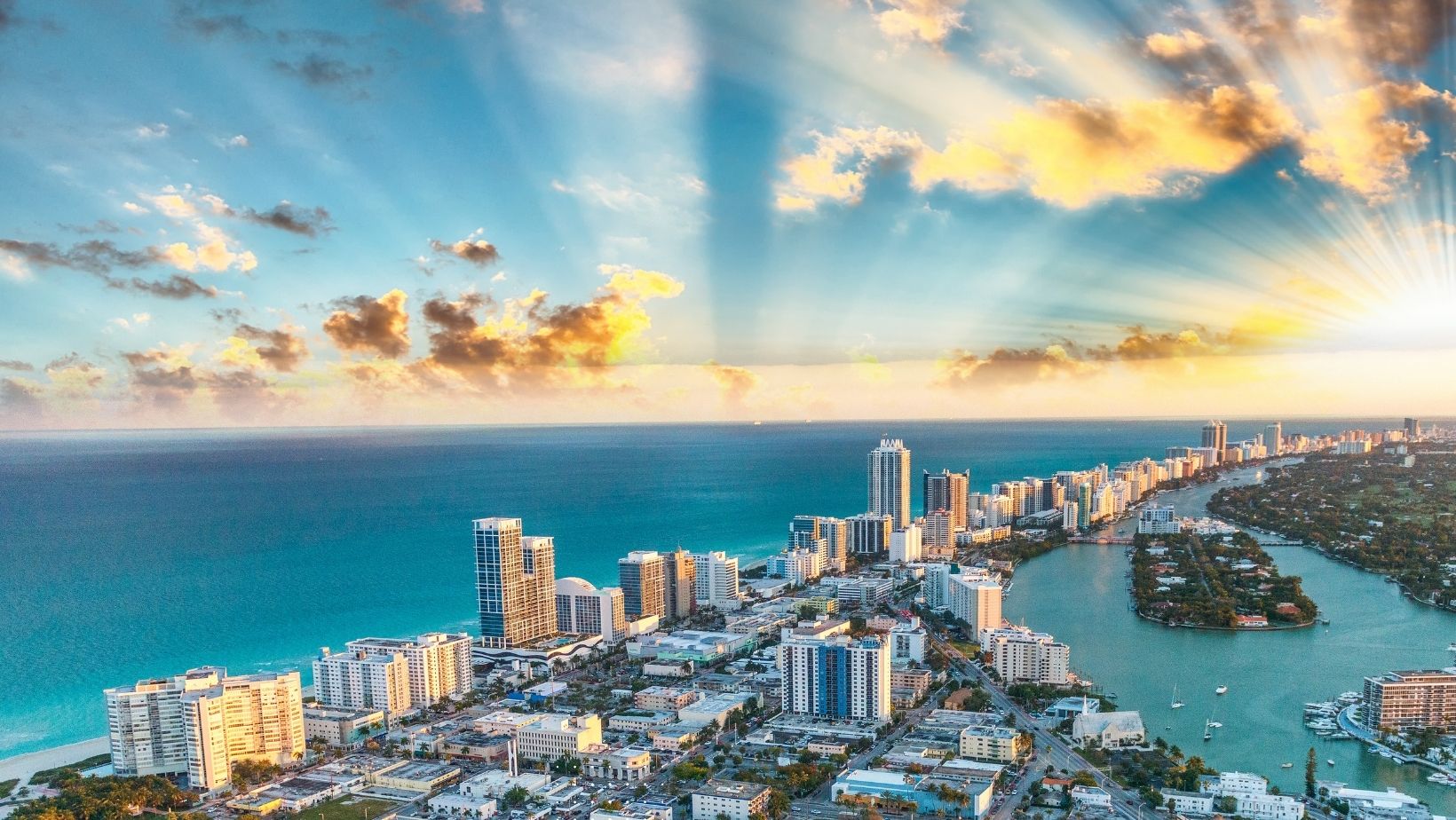Masaveu's Strategic $16M Acquisition Strengthens West Brickell Development Footprint
Spanish Real Estate Giant Expands Miami Footprint
In a significant real estate move that signals continued international investment in Miami's urban core, Masaveu Real Estate US has substantially expanded its development potential in West Brickell through a strategic $15.5 million acquisition of an adjacent commercial property. The purchase creates a nearly 0.8-acre assemblage primed for future high-density development in one of Miami's most rapidly evolving neighborhoods.
The Spanish conglomerate, led by Chairman Fernando Masaveu Herrero, acquired the 0.3-acre parcel at 268 Southwest Eighth Street through an affiliate company. The property features a now-vacant three-story commercial building spanning 16,815 square feet that was completed in 1964, according to property records and data from real estate database Vizzda.
From Furniture Moguls to Development Ready
The recently acquired property has an interesting ownership history, having previously belonged to Nathanael Cohen and Yonel Fellous, the entrepreneurs behind Miami-based luxury furniture retailer Modani Furniture. Their high-end brand boasts an impressive celebrity clientele including Lady Gaga and LeBron James.
The furniture moguls' entity had purchased the property for $5.5 million in 2015, realizing a substantial return on their investment with this $15.5 million sale. Prior to the transaction, Cohen and Fellous had evicted the property's tenant, Okey Dokey food hall, in February of this year, court records indicate. This tenant removal appears to have been a strategic move to deliver a vacant building to the buyer, potentially simplifying Masaveu's future redevelopment plans.
Creating a High-Density Development Opportunity
This latest acquisition joins Masaveu's existing adjacent property at 242 and 250 Southwest Eighth Street, which the company purchased for $14.7 million in 2022. Demonstrating its commitment to redevelopment, Masaveu demolished the small commercial buildings on that site last year, clearing the way for new construction.
The combined assemblage creates a significant development opportunity in West Brickell. The nearly 0.8-acre site carries valuable zoning entitlements allowing for 150 units per acre and building heights up to 48 stories. This density makes it suitable for a substantial mixed-use or residential project that could reshape this section of West Brickell.
While Masaveu representatives declined to comment on specific development plans for the site, their actions indicate a comprehensive strategy for maximizing the property's potential.
Innovative Air Rights Strategy Enhances Development Potential
In an innovative move to increase the development potential of the assemblage, Masaveu is utilizing Miami's transfer of air development rights program. This mechanism allows owners of historic properties to sell unused development rights to developers seeking to increase density on properties zoned for high-rise development.
Records show that in December, Dr. Just Brahmatewari, who owns a one-story retail building in Miami's historic MiMo District, transferred air rights representing 22,050 square feet and 48 additional condo or apartment units to Masaveu's entity. While the sale price wasn't disclosed in the deed, this transfer significantly enhances the development potential of Masaveu's West Brickell assemblage.
This strategic use of air rights demonstrates Masaveu's sophisticated understanding of Miami's development landscape and regulatory framework.
Expanding a Diverse American Investment Portfolio
The West Brickell assemblage represents just one component of Masaveu's growing American real estate portfolio. The Spanish conglomerate's U.S. holdings include two hotels in southern California, two office buildings in Washington D.C., an office building in Houston, and the prominent Courvoisier Centre office project in nearby Brickell Key, which Masaveu acquired for $146 million in 2014.
This pattern of diversified investment across multiple states and property types indicates Masaveu's long-term commitment to the American real estate market, with Miami clearly representing a priority market for the firm.
Insights on Masaveu's Miami Investment Strategy
Why is West Brickell attracting major international investors like Masaveu?
West Brickell offers proximity to Miami's financial district while providing larger development parcels at relatively lower costs than Brickell proper. The area's high-density zoning and growing residential population make it ideal for mixed-use developments that can capitalize on Miami's continued urban growth.
How significant is the air rights transfer in Masaveu's development strategy?
The air rights transfer potentially allows Masaveu to develop approximately 48 additional residential units without acquiring more physical land. In Miami's competitive real estate market, this represents a significant value-add that could enhance project profitability and design flexibility.
What might Masaveu develop on this assemblage?
While plans remain undisclosed, the site's zoning for up to 48 stories and 150 units per acre suggests potential for a significant mixed-use development. The property's location would support luxury condominiums, high-end rental apartments, boutique office space, or hospitality components that align with Masaveu's existing portfolio strengths.
How does this acquisition reflect broader trends in Miami's real estate market?
Masaveu's continued investment demonstrates ongoing confidence in Miami's long-term growth prospects despite periodic market fluctuations. The focus on assembling larger development sites rather than single-parcel projects reflects a sophisticated approach aimed at creating transformative developments that can define neighborhoods.
What does this mean for West Brickell's future?
As major institutional investors like Masaveu continue assembling significant development sites in West Brickell, the neighborhood is positioned for substantial transformation over the coming decade. These investments typically lead to higher-quality developments, improved infrastructure, and rising property values throughout surrounding areas.


